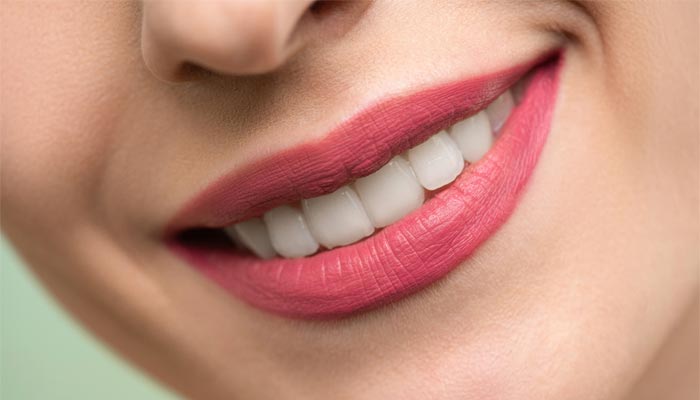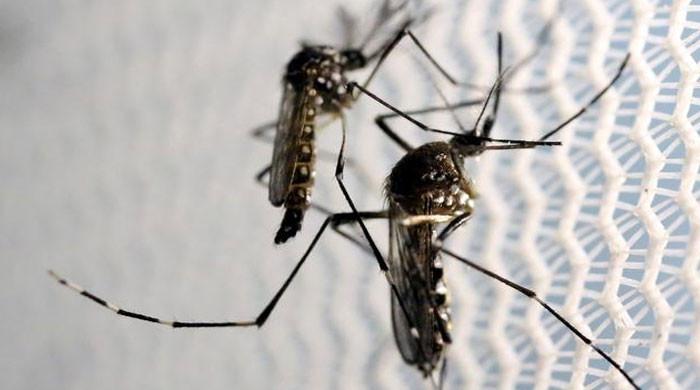Study proves people find natural-looking lips most attractive
Contrary to popular belief, thin and natural lips are not out of style — in fact, quite opposite
July 29, 2022

- Eye-tracking devices find viewers spend more time looking at lips considered less attractive.
- Researchers find that lip proportion of 1:1.6 (upper lip to lower lip) was rated as most attractive.
- "Visual attention [...] is not reflective of the beauty in the image assessed; rather the opposite,” says study.
At a time when lip injections are available for pouty lips, a study reveals that people generally find natural-looking lips the most attractive.
Eye-tracking devices found that viewers actually spend more time looking at lips considered less attractive.
To conduct the study, researchers altered a set of women’s lips in images and asked participants — both with and without a medical or aesthetic background to rate them.
"Visual attention, based on the results of this study, is not reflective of the beauty in the image assessed; rather the opposite,” Sebastian Cotofana, MD, PhD, of the Mayo Clinic, Rochester, Minn, and colleagues wrote in the study.
Upon assessment, researchers found that a lip proportion of 1:1.6 (upper lip to lower lip) was rated as most attractive — the 1:1.6 proportion is known as the "golden ratio" for beautiful lips. By comparison, an image showing a fuller lower lip (1:2 ratio) was perceived as less attractive, with an average rating of 2.16 out of 5.
However, in the eye-tracking analysis the participants spent less time looking at the “natural” lips they found most attractive. In contrast, they stared more at the digitally altered lips.
Dr Cotofana says this is unsurprising, abolishing the assumption that people spend more time looking at something they find attractive.
“Visual stimuli that match the internal, socially influenced standard of beauty require less effort to be perceived," according to Dr Cotofana.
"In contrast, visual stimuli that do not match the internal standard of beauty require more processing time — as reflected by involuntary eye movements as captured by eye tracking.”









